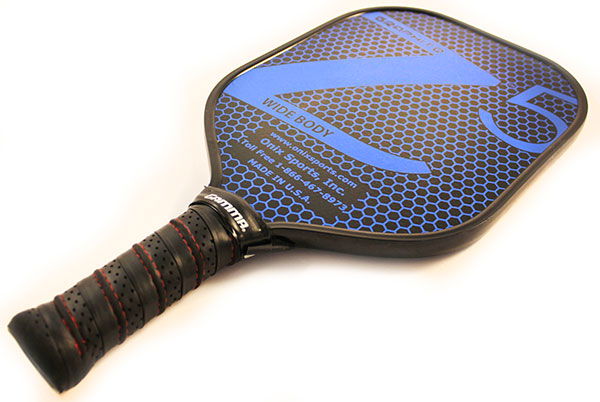Pickleball Guide
What Is the Best Material for a Pickleball Paddle?
The material of your pickleball paddle changes how the game feels—how fast you react, how much spin you create, and how much control you keep under pressure. Some pickleball paddles are built for soft hands and touch shots.
Others pack a punch from the baseline. Your choice affects every point you play, so knowing what each option brings to the court is worth knowing.
6 min. read
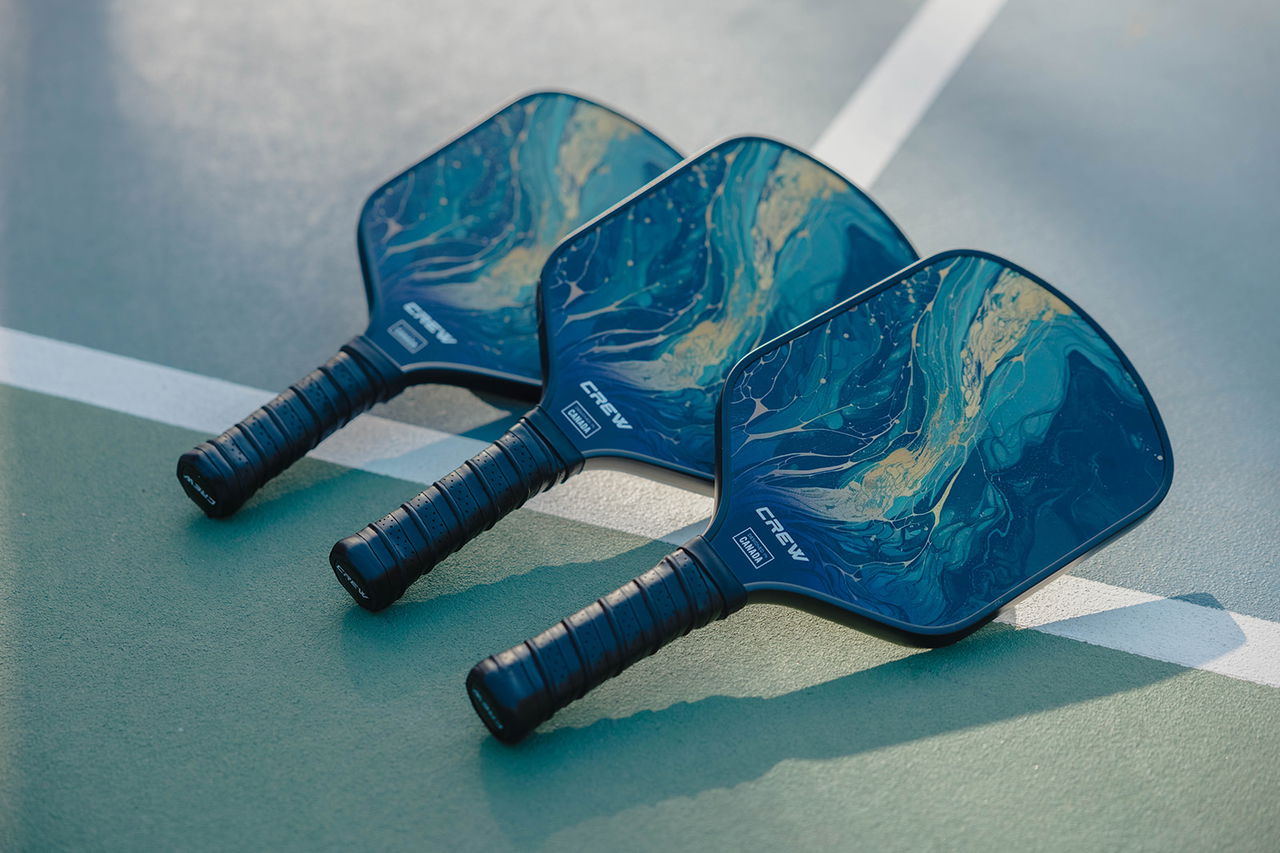
Written by
Carter Clark
Published
April 1 2025
Best Material for Pickleball Paddles
Each paddle material brings something different to the court—power, control, durability, or affordability. Here's what you need to know about the most common options:

Composite Face Pickleball Paddles
Composite paddles are crafted from a blend of materials like fiberglass, carbon fiber, and polymers, specifically engineered to deliver a balance of durability and performance. These materials are combined to create paddles that perform well under various playing conditions, making them a favored choice among many players.
The face of a composite paddle typically features a textured surface, which enhances the paddle's ability to grip the ball for improved spin and control. Here's a summary of their attributes:
Pros
Withstands frequent use, making it reliable for
.
Delivers added power, great for aggressive hitting.
Offers versatility across different playing surfaces and match styles.
Cons
Heavier than graphite or carbon fiber, which may reduce swing speed.
Texture can wear down over time with heavy use.
Best For
Offers the reliability and performance needed for competitive play.
The composite materials aid in achieving a balance between hitting power and ball control.
Graphite Face Pickleball Paddles
Graphite paddles are celebrated in the pickleball community for their exceptional feel and precise control. Their lightweight and smooth pickleball paddle surface material enhances player responsiveness and touch during games.
The construction includes a thin layer of graphite over the core, keeping the paddle light, typically between the low to mid-7-ounce range. This design aids in quick, accurate shots, making them ideal for players who value precision and strategic play.
Pros
Easy to handle with a quick swing speed.
Increases shot accuracy with excellent touch feedback.
A lightweight feel helps reduce fatigue during long matches.
Cons
Less power compared to composite or carbon fiber paddles.
Slightly less durable under heavy, aggressive play.
Best For
Those who prioritize accuracy over power.
Ideal for players who prefer a nimble paddle for quick reactions at the net.
Carbon Fiber Pickleball Paddles
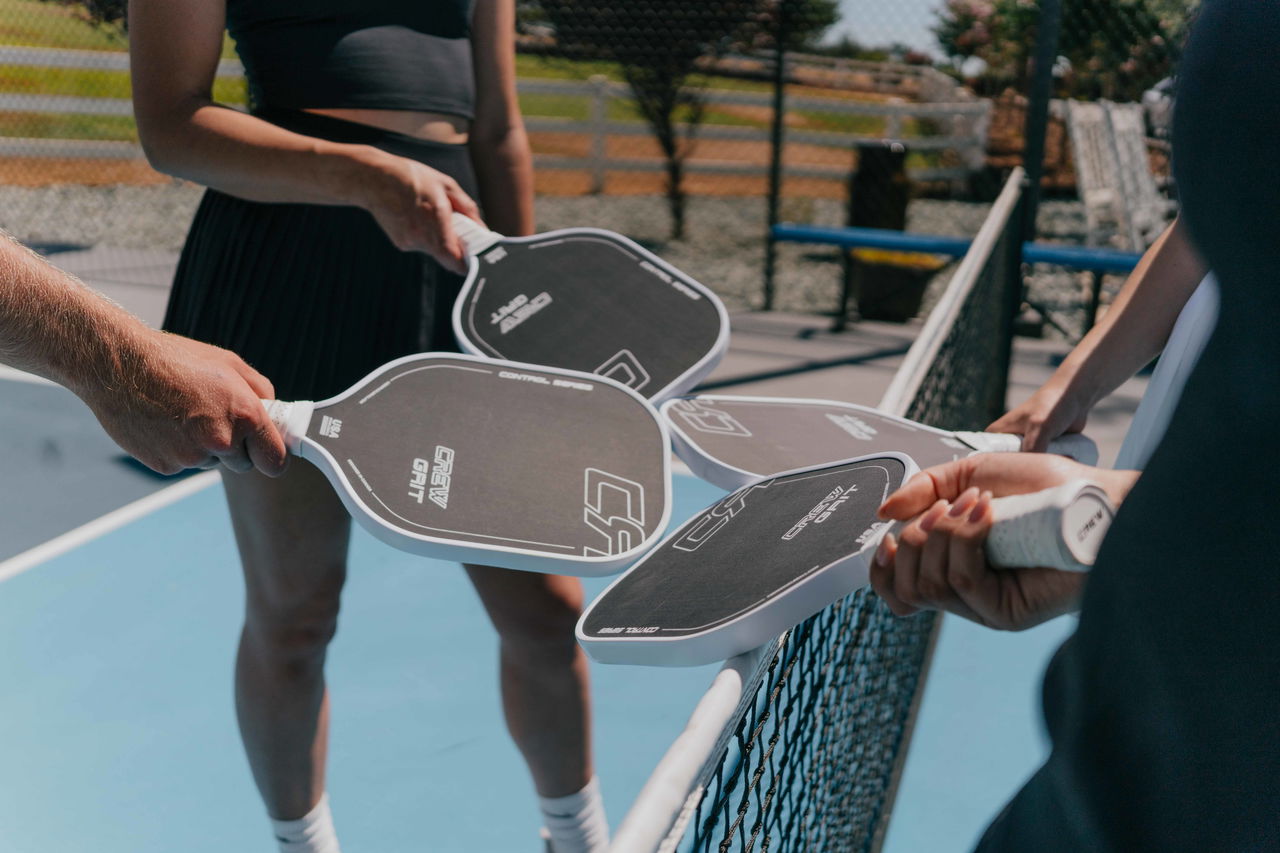
Carbon fiber paddles stand out in the pickleball market for their exceptional blend of stiffness and durability. They are the material of choice for players who refuse to compromise on performance.
The carbon fiber construction ensures that the paddle is both strong and lightweight, facilitating powerful shots without causing player fatigue. This material's unique properties contribute to a paddle's longevity and structural integrity under intense play conditions.
Pros
Ensures that the paddle can withstand aggressive play.
Makes the paddle easy to handle, enhancing maneuverability.
It increases the power of each shot, which is ideal for delivering fast-paced hits.
Cons
Higher price point than other materials.
It may feel too stiff for the
best pickleball paddle material for
beginners who prefer a softer touch
Best For
Those participating in tournaments or high-level games need reliable, performance-oriented gear.
Ideal for those who play frequently and require a paddle that maintains its quality over time.
For players interested in leveraging the advantages of carbon fiber, consider the CREW Grit Paddle and the CREW Founder Paddle. Both models embody the superior qualities of carbon fiber, offering robustness, a lightweight frame, and enhanced shot precision.
Aluminum Pickleball Paddles
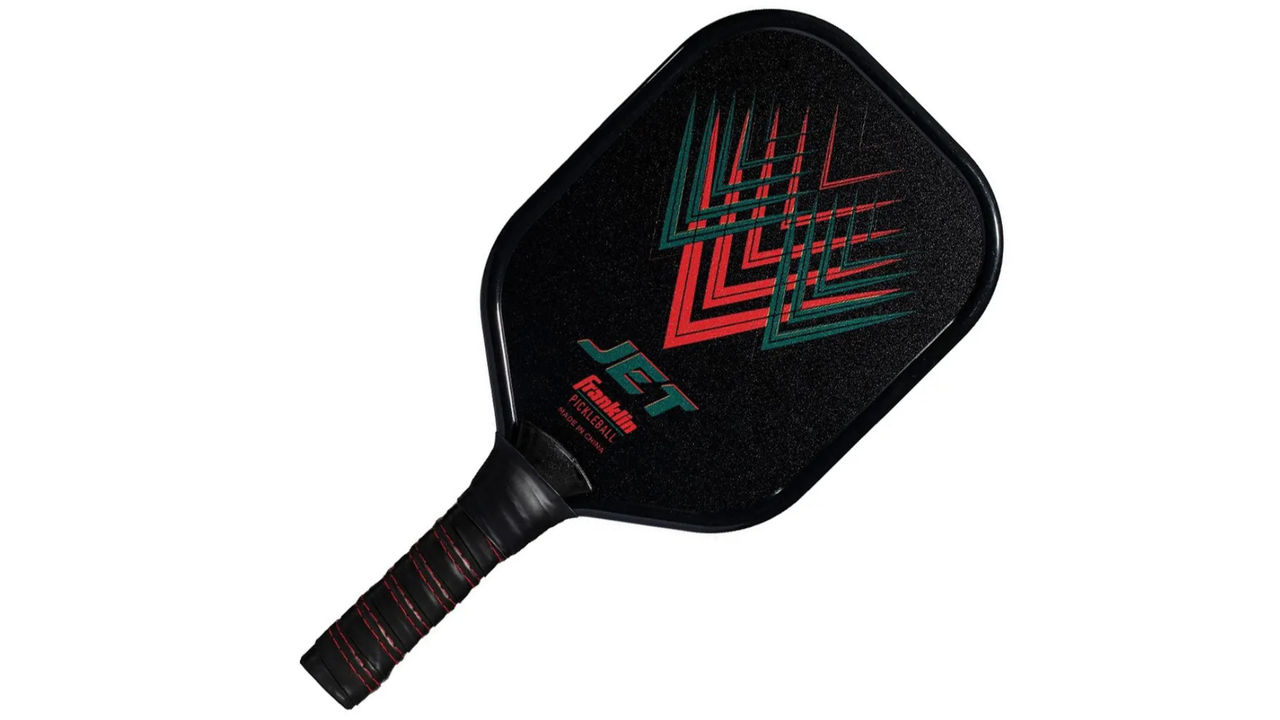
Aluminum paddles are recognized for their distinctive lightweight yet robust structure, providing a unique playing experience on the court. These paddles deliver moderate power and good control, making them a solid choice for players at all levels.
The aluminum material ensures the paddle remains light, often weighing less than eight ounces, which enhances maneuverability and ease of use during play. Here's a detailed look at their features:
Pros
Easy to swing and quick to react.
Reduces arm fatigue with a stable, low-vibration build.
Offers solid control for precise placement.
Cons
Less powerful than composite or carbon fiber paddles.
Can dent or warp with heavy impact over time.
Best For
Its forgiving nature makes it ideal for those just learning the game.
Perfect for players who enjoy the game recreationally and prefer a paddle that's easy to handle.
Fiberglass Pickleball Paddles
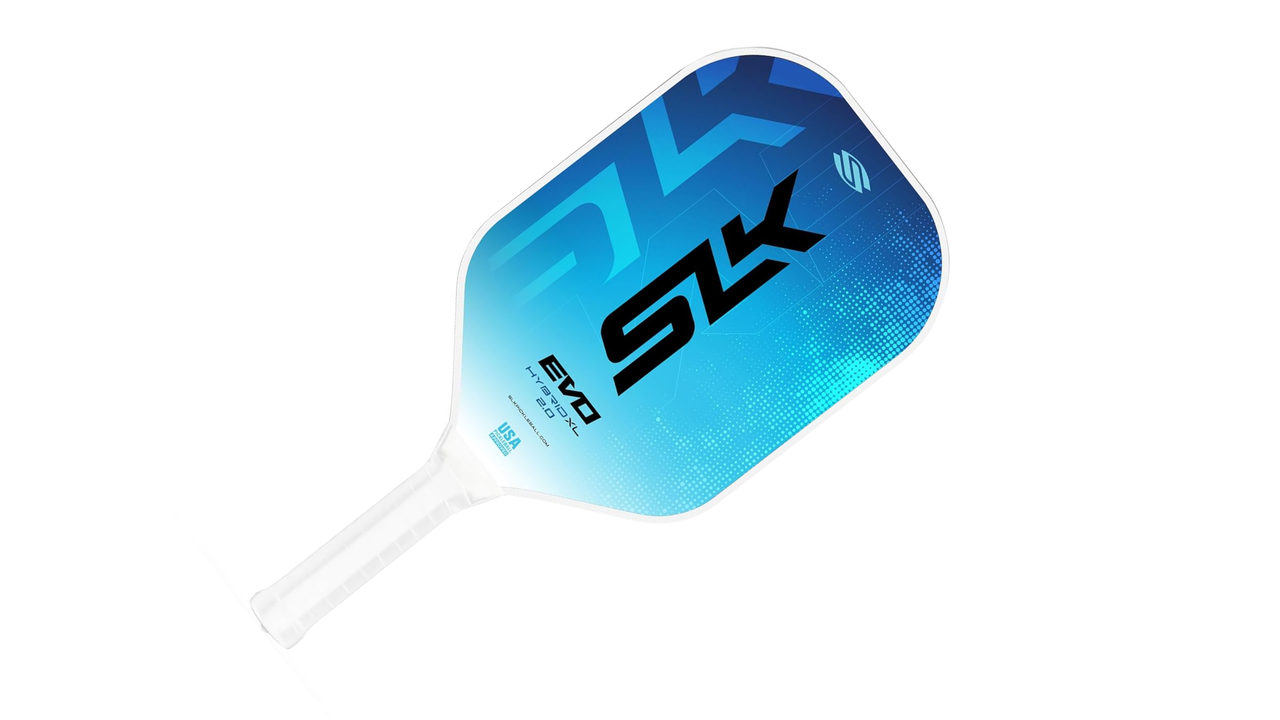
Fiberglass paddles are popular because they provide a good balance of power and affordability, making them accessible to a wide range of players. The fiberglass material used in the paddle's face helps to enhance the paddle's power capabilities without compromising control.
These paddles typically feature a medium weight, contributing to their versatile performance characteristics. Let's break down their main advantages:
Pros
Delivers solid performance at a reasonable price.
Provides extra power for aggressive play styles.
Maintains good control, even during fast-paced rallies.
Cons
Mid-weight feels it may not appeal to those who prefer ultra-light or heavy paddles.
Lacks some of the advanced features found in premium materials like carbon fiber.
Best For
Players moving beyond beginner level who want better performance without a big spend.
Anyone seeking a reliable balance of power and control.
Wood Pickleball Paddles
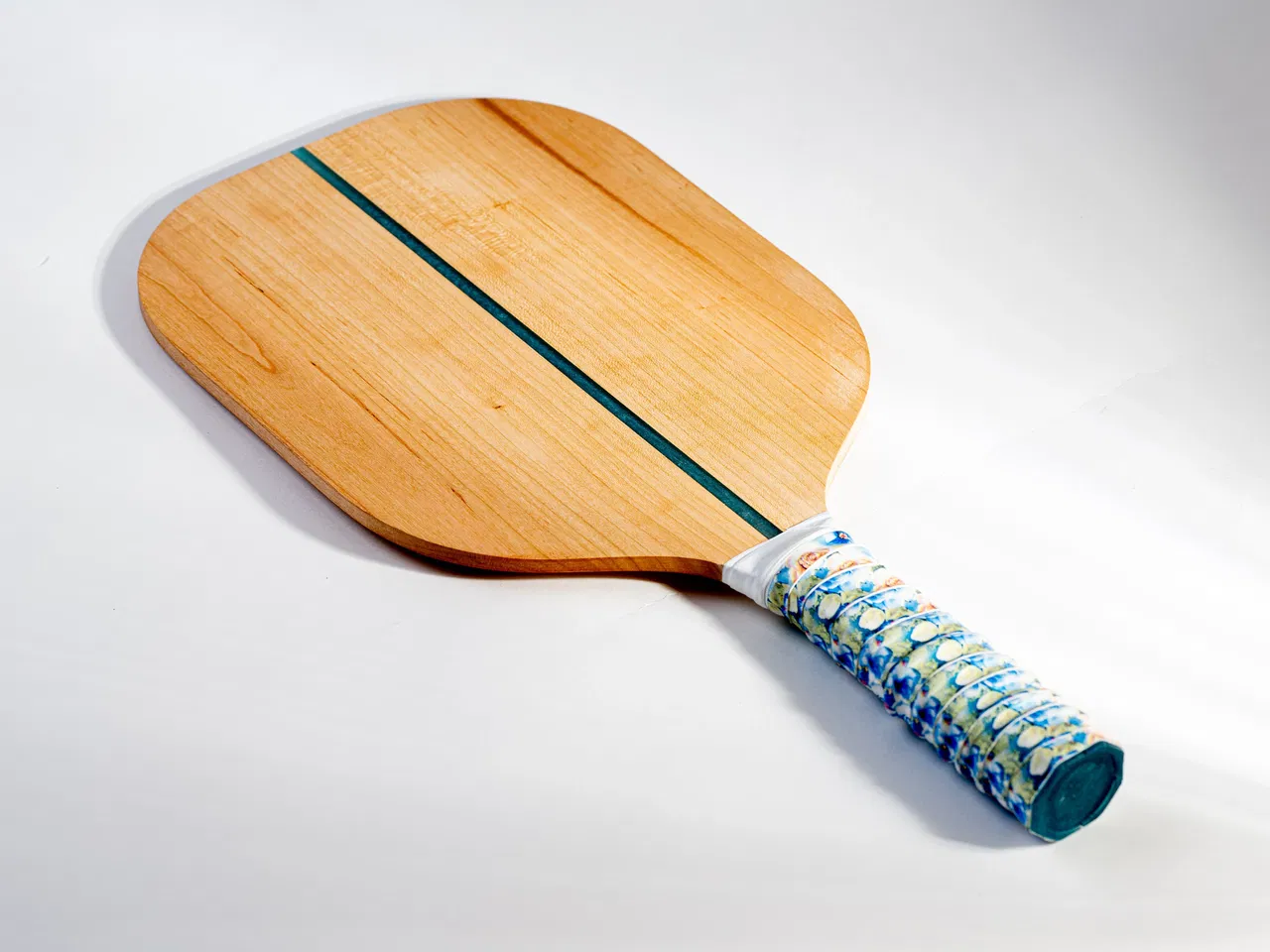
Wood paddles hold a special place in the history of pickleball, being the original material used in the sport's early days. These paddles are typically heavier than those made from more modern materials, offering a very basic playing experience.
Wood paddles are characterized by their simple design and solid build, which, while limiting in advanced play, provide a durable option for recreational use. Here's a deeper look at their characteristics:
Pros
Most affordable option.
Durable enough for frequent use.
Cons
Heavier than other materials.
Limited control and power.
Best For
New players on a budget.
Schools and community centers needing
Comparing Paddle Materials
Understanding the differences between paddle materials can help you choose one that fits your playing style, skill level, and performance goals. Here's a quick breakdown of how each material stacks up:
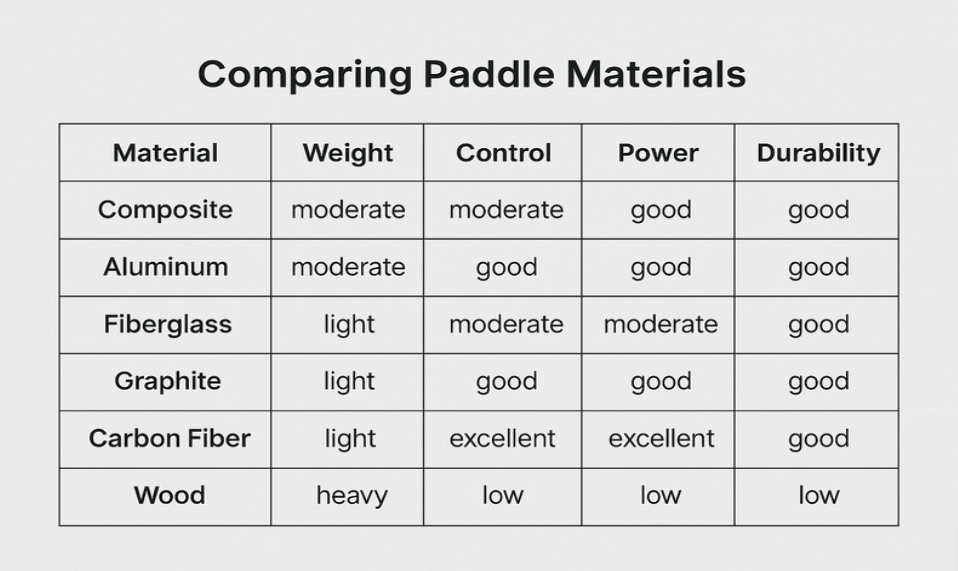
Find Your Perfect Paddle at Crew Pickleball
The best pickleball paddle material depends on your individual play style, goals, and preferences. Whether you prioritize power, control, or durability, knowing the strengths and weaknesses of each option helps you choose wisely. By understanding what makes a pickleball paddle best material for your needs, you’re more likely to find one that supports your game and your growth on the court.
For those seeking high-quality pickleball paddles and accessories, consider exploring Crew Pickleball for a range of options that cater to every player type, from beginners to professionals. Dive into the world of pickleball with the right gear that matches your play style and ambitions on the court.

Carter Clark
@Carter Clark

